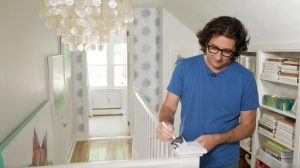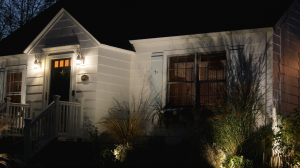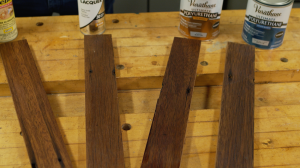How to Apply Mulch and The Benefits of Mulching
Why You Should Apply Mulch
Applying mulch to your flower beds, gardens, shrubs and trees can help your plants in many ways. Ten to twenty-five percent of the water in soil is lost to evaporation. Mulch slows this evaporation, reducing the amount of watering required.
Mulch also acts like an insulating blanket, lowering soil temperatures in hot weather and protecting shallow roots from the cold temperatures of winter. Organic mulches improve the condition of the soil. As they slowly decompose, they provide organic matter, which helps keep the soil loose, provide a source of plant nutrients and create an ideal environment for earthworms and other soil organisms.
Heavy rains can compact soil. Mulch covers the surface and prevents such compaction, leaving the soil better aerated. Even container plants benefit from a light mulching. It holds in moisture, so plants require less watering and perform their best.
Growing weeds should be killed or pulled out before mulching. Although mulch inhibits the growth of weeds, simply covering weeds will not prevent their growth. For a totally weed-free bed, it's best to use a weed barrier such as old newspapers.
Wet it down with a garden hose as you apply it and then place the mulch on top. The newspaper will decompose into the soil. The best time to mulch is late spring, after the soil has warmed. Applying mulch too early may delay soil warming and possibly plant growth.
In most cases, two to three inches of mulch is recommended. When mulching around trees and larger shrubs, pull the mulch one to two inches away from the base of the plants to prevent bark decay. A thick layer of mulch touching the trunk, provides a good place for damaging insects to attack the tree.
Mulch gives gardens and planting beds, a uniform well-cared-for look. Easy on the eyes, good for plants, healthy for the environment — now that's a winning combination.
Blog Articles
Budget-Friendly Staircase Updates You Can Do Yourself
Sometimes, the smallest details can make the biggest difference in a home. A mismatched newel post and railing can detract from the overall aesthetic of a space. Luckily, updating this feature can be a relatively simple DIY project, often requiring only a change of the newel post cap. Brian walks you through this project in the video!
Create a Safer Home with Landscape Lighting
When it comes to creating a stunning first impression and enhancing curb appeal, landscaping plays a crucial role. During the day, your landscaping, painting, and hardscaping efforts shine brightly. However, as night falls, your beautiful home may disappear into the darkness, losing its charm and potentially posing safety concerns. The solution? Landscape lighting!
How to Protect Unfinished Wood
Many people are unsure how to protect unfinished wood. Perhaps you've bought a used piece of furniture, sanded it down, and revealed its beautiful wood grain. Now, you want to preserve its natural beauty without painting it. What should you use? In this blog post, we’ll guide you through your options to help protect and showcase your wood piece.





